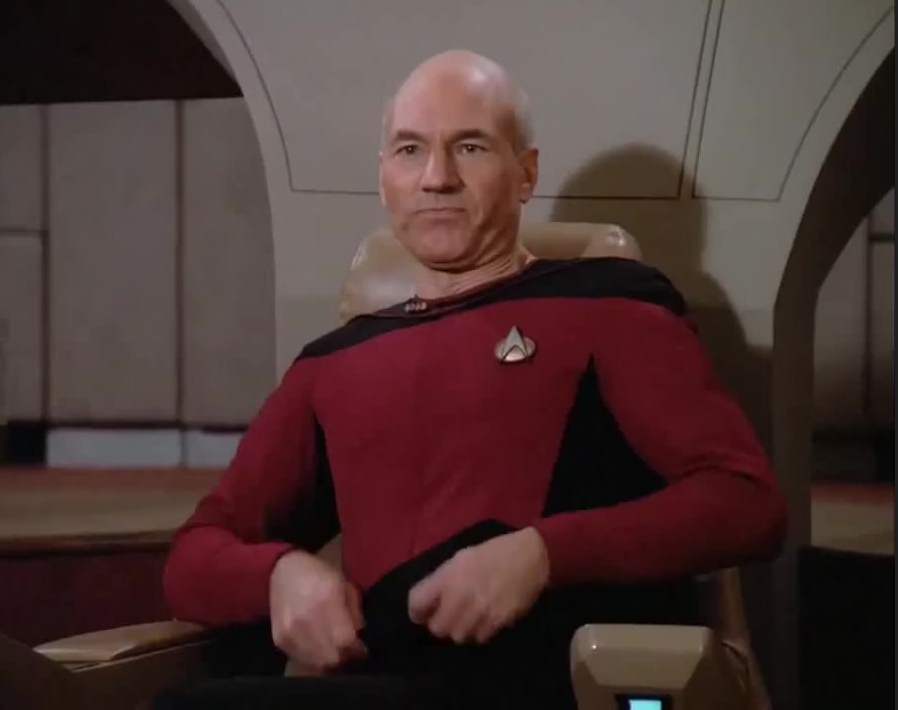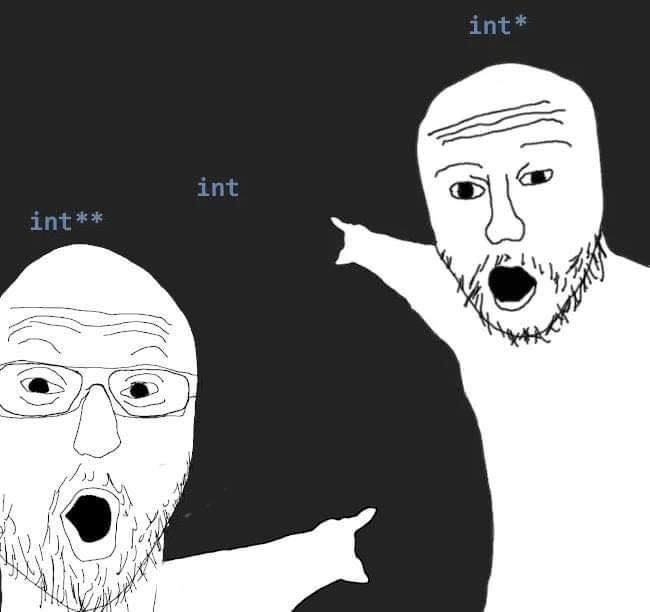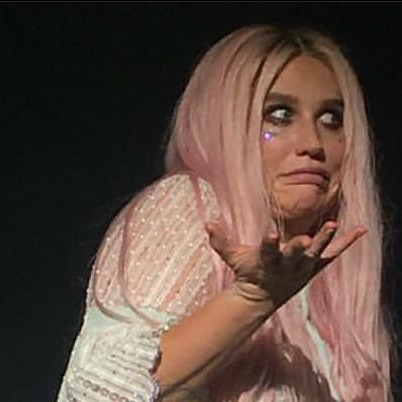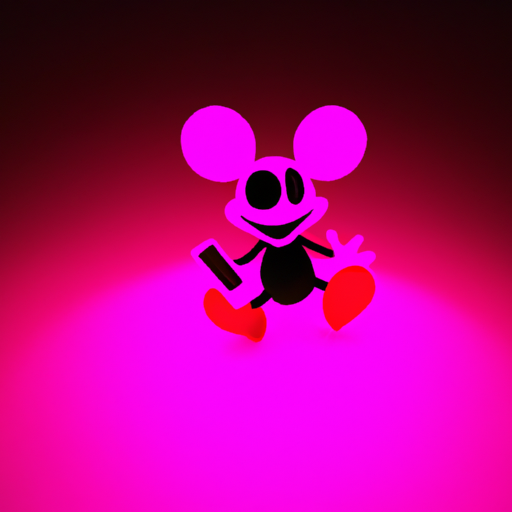I imagine there would have been a (relative) spike between the advents of shelter and candles.
Weird… I’d expect the graph to start rising at 1969, with the invention of Scooby-Doo.

Since we have had houses with multiple rooms it has certainly made sense to shout “where are you?”
Scratch that. Since there were opaque things larger than a human that could be positioned in between two humans (rock, tree, bush, animal) it has made sense.
Scratch that. Since there was dark it has made sense.
Only recently has the response changed from “here” to something more descriptive.
Did cavemen not know Marco Polo?
Only Asians in the 13th century knew him.
It’s weird how he ended up in swimming pools.
I still like to answer here. For extra annoying points I can add ‘turn around’ a couple times.
Pretty sure people have used more descriptive answers since the dawn of language too whenever sound wasn’t a reliable direction indicator.
Maybe “up”, “down” or “over”.
I read this once before and it’s one of those facts I find endlessly fascinating. It’s simple and obvious why it wasn’t normal before recent times…
It just scratches my nerd fact itch I guess.
It’s right up there with
- social security numbers were promised to never be used as essentially your “human number” for things and would only be used for ss benefits
And
- minimum wage WAS designed and WAS intended to be a livable wage. It very specifically was proposed and made law with the point being it’s the lowest wage which a person can support themselves. People saying “minimum wage isn’t supposed to be livable wage!” Are wrong.
Oh and
-we see the color that is not absorbed by an object. So essentially we see every color the object ISNT.
Not to be too pedantic but that last one isn’t quite correct. Color “happens” after the object is hit with light - it’s defined by our perception of the wavelengths that bounce off.
Which I suppose raises the question… Is a blue box still blue in total darkness? Is its color defined by the light its reflecting or it’s capacity to reflect? I think the latter but I don’t really know
Plants are green, so which colors are used by the plant for photosynthesis?
Grow lights are purple for that exact reason iirc, not to say you can’t get/use white ones
Is a blue box still blue in total darkness?
Depends on the context of the question, but generally I’d argue it is still a blue box, since that’s most likely a question about the property of the box, rather than its current state.
Technically it is an emergent property of the system composed of the light source, the box and our eyes.
Please be pedantic. I enjoy it. That isn’t sarcasm, I love a good “technically…”
Yes you’re right. It is fun to think about tho.
Well color requires light in the visible spectrum. So, imo, no in a pitch black room the box would not be blue
But if you took a box you know is blue into the pitch black room, nothing changes about the box. Would it not still have the same characteristics that cause us to perceive it as blue?
Likewise, is it still blue if you close your eyes?
The thing is, the box isn’t blue, it just reflects blue light wavelengths much more than others.
When we say “the box is blue” we are either technically incorrect or we’re using it as a shortcut for “the box reflects mainly blue light wavelengths”.
In a dark room, that box will not reflect anything, so if our “the box is COLOR” is really just the shortcut for saying that the box mainly reflects that color, then it would make sense to say “the box is black” if you mean what it is reflecting at that moment or “the box is blue” if you mean its capability when it comes to reflecting colors.
I agree that when we say something IS a color, we mean “it reflects certain wavelengths” but I disagree with the conclusion.
Let’s say you have a red box and a blue box. You put a brick in the blue box then put both boxes in the dark closet. Someone asks you the color of the box with the brick. What do you tell them?
If it makes sense that the blue box is no longer blue in the dark, we’d ask “what color will the box be when I open the door?”
Therefore, I’d argue that the color of an object is defined by it’s capacity to reflect/emit light. After all, is a farmer not a farmer while they sleep?
As your own example illustrates, it boils down to whether one is talking about the present status of the box or the capabilities of the box.
In your example, the capabilities of the box are what maters because the other person can bring it to be under different lighting conditions were those capabilities are fully used. If however we’re talking about boxes bolted to the floor of a dark room which cannot be lit, for all practical effects and purposes and as far as people know both boxes are black, which is why in such a situation the advice given to find the box would not at all be color but rather thing like shape and size.
That said, after thinking it some more, I think people do say “the OBJECT is COLOR” only when they’re talking about color reflective capabilities and use “the OBJECT looks COLOR” specifically for the current status of reflecting color, even if sometimes they confuse status and capability and might say that something “is” COLOR having seen it only under lighting conditions which are not good enough to fully judge that object’s color reflection capabilities and strictly speaking should have used “looks” instead (I only mention this because when it happens it can cause funny confusions if the person they’re talking to actually saw that object under different lighting conditions and thus thinks of it as having a different color).
I feel like if someone locked in a dark room with a blue box was asked what color it was, they’d say “I don’t know” as opposed to “black”
Interesting point about is vs looks. I was thinking about LEDs before (hence the “reflect/emit” part) but I think I want to walk that back a little…if an LED only emits blue light, we’d say the LED is blue. But an RGB LED? It definitely depends on what it’s currently doing. In both cases, the reflective properties of the LED module while it’s off are the same. So it’s like there’s a hierarchy to how we define color…color it’s emitting > color it CAN emit > color it CAN reflect > color it’s reflecting.
I’m just riffing here so I don’t really have a conclusion for that but it’s intersting to think about. There’s probably other examples that go against my hierarchy idea.
It still retains the pigments which will reflect blue. We call pigments by the names of their colors even when they’re in closed boxes in the dark, because we know their properties relative to white light.
Well the characteristics that cause us to perceive it as blue comes from the light reflecting off of it’s surface. So without the light that characteristic goes away. But if you close your eyes (and stay in a lit room) I would say it’s still blue, trees falling in the woods and all that.
I don’t think “color” is an immutable property of an object
Well, technically your eyes (and the wavelengths they can perceive) are part of the system of light source, box and your eyes that make it blue. If the light source emitted a different spectrum of light the box would reflect other wave lengths, if the box was different it would and if our eyes perceived a different spectrum of light it would also likely be split up into named parts differently.
Your last point is more of a philosophical / semantical one. What does it even mean that something is a specific color?
It’s like how blue butterflies actually don’t have any blue pigments but rather have a nanostructure that interferes with light in a way that favors blue.
Yes you’re right. It’s just something I like to think about.
Definitely philosophical! I don’t think there’s really a definite answer
There are these butterflies in Central America. They’re blue and orange and yellow and have poison in their wings, just enough to stop a bird heart. But the birds know this somehow, so they don’t eat them. But there are other ones, butterflies, they’re orange, blue and yellow too but no poison wings. They’re just flying around, looking dangerous, getting by on their looks.
But the birds know this somehow, so they don’t eat them.
They know this because all birds who tried to eat them, died.
It probably wasn’t written to the quantity it is today, but it doesn’t mean it wasn’t used.
Mass literacy wasn’t a thing until the past 100 years, so a lot of people didn’t even write anything down about their lives.
Even once mass literacy was adopted, the written word was generally sent to specific places. Outside of combat messengers, letters generally went to specific places where people would pick them up. If you were able to read the written message, you were probably in a known location to the sender.
It isn’t until cellular text messaging or Internet chat where it became common to not know where a person was when you were talking to them.
Unfriend
I mean, what is this chart? What are the metrics?
This is Google Ngrams, and the exact results can be found right here. It charts the frequency of a word or phrase occurring in all literature in Google’s library, by publication date. You can make interesting inferences about the popularity of words. Also, try two words, phrases or names separated by a comma to compare them side by side.
It’s really cool but people have stopped talking about it much since it came out years ago.
This is a neat tool! I searched for “how are you?” and got almost the same graph so I’m not sure if it’s as meaningful as people think. Probably more related to casual conversations being captured in text more.
I looked at some of the examples of early 1800s use of “where are you?” and it seems to be used often as “where are you going?” (most common) or something else like for example “from where are you buying that?” etc.
Also seems like the way they process it, it doesn’t just look for the immediate following question mark, the question mark can be later on.
yeah same with “who are you”
My guess would be Google scholar (or whatever their thing is called which lets you search through a bazillion indexed books and other texts)
Marco! Polo!
CW (continuous wave / Morse code) over RF in the 1900s.
Walkie talkies and car phones in the 1940s.
AMPS cell phones in the 1980s.
Mostly though they’re right. When you used telecommunications systems you were largely communicating with a location or a known station, not a personal identity. Fascinating to think about.
The CW folks would presumably be sending QTH instead — I wonder if this graph captures that/if it would make an appreciable difference?
History is rife with stories about some King/General/Warlord demanding that his princely sons lead their battalions to capture some town and then re-join his larger army. It was common to send a scout or courier to go find the sons for an update, essentially asking “where are you?”. If a long siege or other poor conditions delayed one of the princes, then by the time he arrived to the meeting location the father could already be dead, or worse, extremely disappointed.
You hear your buddy, but you can’t see him because of foliage in the way. “Where are you?”. This scenario could happen all throughout history.
Just call his cell phone, you’ll hear it ring through the foliage.
Or just in another room. I’m sure we’ve all asked “where are you?” to someone distant at home.
The Hebrew “Ayekah” in the myth of Adam and Eve is often translated to “Where are you?”
In the story, God asks Eve this after the whole fruit thing.
Granted its probably a much more metaphorical use, as there is already an established narrative of an omnipotent, omnipresent, and all-knowing deity by this point.
Semantically it might count, but as far as the actual meaning of the words it was probably more of a question of concern and not of location.
Right no one ever looked for anyone or snytuingnin the dark. Ffs
I had a snytuingnin once but luckily my doctor removed it.
…AND IM SO SORRY!!!
All these thoughtful answers and yet I believe this the most
What happened around 1900?
Peekaboo was invented
Everybody went blind for a hot minute
I wonder if the spike is radio, then the dip is landline telephones followed by a spike of mobile phones?
People probably realized that they should preemptively describe where they were soon afterwards, so asking about that was surely not necessary very often.
Global Marco Polo tournament of 1900
prolly telephones getting more attention, or maybe that morse code thing
Wizard of Oz maybe?
There are some instances I can think of, but very few; smoke signals, whistles, marching bands for battle.
Hide & Seek?
letters?
I think both people know where everyone is because of the addresses.
Me sending a multicast arp request over mail.
I suppose that, until recently, all communication methods made it clear to someone where the recipient of a message was. Someone getting a letter probably got it at a particular place or from a particular person, and even a phone call would often require using a particular device at a particular place. Even if you didn’t know where someone was when they received a message from you, it would be such an obvious question that people would probably provide it in a message to you even if they weren’t asked about it (see https://greatships.net/distress and https://www.youtube.com/watch?v=FxRN2nP_9dA for an example from the Titanic). This makes me think that “Where are you?” actually means “I don’t know where you are” / “I’m having trouble finding you” and is most useful when you can communicate with the person more frequently than they would announce their position (which might only describe situations when you’re talking to someone using a cell phone).











